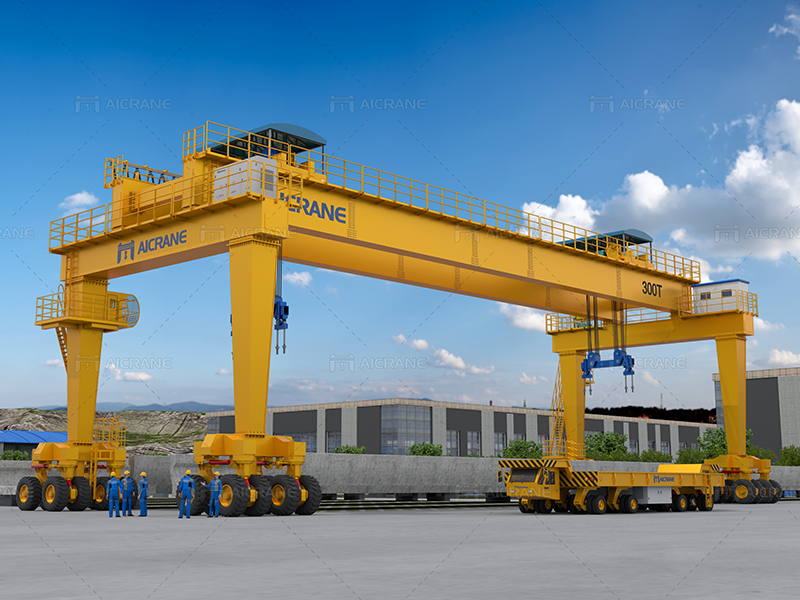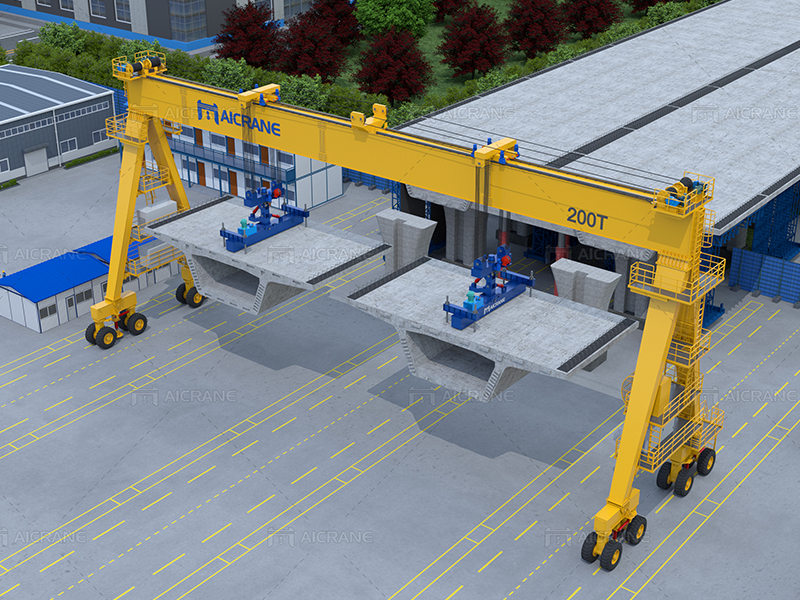Investing in a straddle carrier gantry crane is a significant decision for industries involved in material handling and container operations. These specialized cranes play a crucial role in efficiently transporting and stacking containers within ports, terminals, and logistics hubs. To ensure that you make the right choice for your business, it’s essential to carefully consider various factors that can impact the crane’s performance, safety, and overall effectiveness. In this article, we will explore the key considerations to keep in mind when purchasing a straddle carrier gantry crane.

Load Capacity and Size
The primary function of a straddle carrier for sale is to lift and move heavy containers. Therefore, determining the required load capacity is crucial. Consider both the average and maximum weight of the containers your facility handles. Additionally, evaluate the size of the containers, as different cranes may be designed for specific dimensions. A crane with adjustable spreader beams can offer flexibility in handling various container sizes.
Span and Lift Height
The span and lift height of the crane are essential factors that depend on the layout and operational needs of your facility. The span refers to the distance between the legs of the straddle carrier, while lift height is the maximum height the crane can reach. Ensure that the crane’s specifications align with the layout of your storage yard and the height of the container stacks. Optimal span and lift height contribute to efficient container stacking and retrieval.
Mobility and Maneuverability
Straddle carrier gantry cranes are known for their excellent mobility, which allows them to navigate through tight spaces within container yards. Consider the maneuverability features of the crane, such as its turning radius and the ability to operate in confined areas. Additionally, some models come with advanced steering systems, including crab steering, which can enhance the crane’s ability to move laterally and improve overall operational efficiency.
Energy Efficiency and Environmental Impact
As sustainability becomes a more significant concern for businesses, it’s crucial to evaluate the energy efficiency and environmental impact of the straddle carrier gantry crane. Look for features such as regenerative braking systems, variable frequency drives, and eco-friendly materials. An energy-efficient crane not only reduces operational costs but also aligns with environmental regulations and corporate sustainability goals.
Automation and Technology Integration
Incorporating automation and advanced technology into your material handling processes can significantly improve efficiency and reduce human error. Consider whether the straddle carrier gantry crane is equipped with automation features, such as remote control operation, collision avoidance systems, and container position monitoring. Additionally, check for compatibility with existing or planned digital systems in your facility, such as warehouse management software.

Maintenance Requirements and Serviceability
The maintenance requirements of a straddle carrier gantry crane can impact its overall lifecycle cost. Choose a crane with accessible components, easy maintenance procedures, and reliable service support. Regular maintenance is essential for ensuring the crane’s longevity and preventing unexpected downtime. Consider the availability of spare parts and the responsiveness of the manufacturer or supplier in providing technical support.
Safety Features and Compliance
Safety should always be a top priority in material handling operations. Look for safety features such as load monitoring systems, anti-collision devices, and emergency braking systems. Ensure that the crane complies with international safety standards and regulations. Investing in a crane with robust safety features not only protects your workers and assets but also minimizes the risk of accidents and operational disruptions.
Total Cost of Ownership (TCO)
While the upfront cost of a straddle carrier gantry crane is a significant consideration, it’s equally important to evaluate the total cost of ownership over its lifespan. Consider factors such as energy consumption, maintenance costs, and potential productivity gains. A crane with a slightly higher initial cost but lower operating expenses may prove to be a more cost-effective choice in the long run.
Conclusion
Choosing the right straddle carrier gantry crane requires a thorough assessment of various factors to ensure it meets the specific needs of your material handling operations. By carefully considering load capacity, size, mobility, energy efficiency, technology integration, maintenance requirements, safety features, and total cost of ownership, you can make an informed decision that enhances the efficiency, safety, and sustainability of your container handling processes. Take the time to consult with experts, review product specifications, and conduct site assessments to ensure that the chosen crane aligns seamlessly with your business objectives. To learn more about cranes, visit https://steelmillcranes.com/
